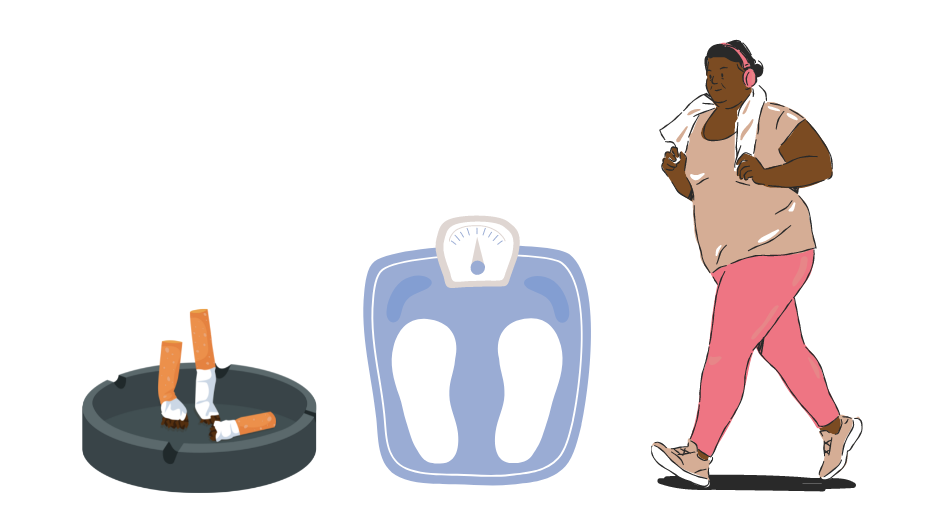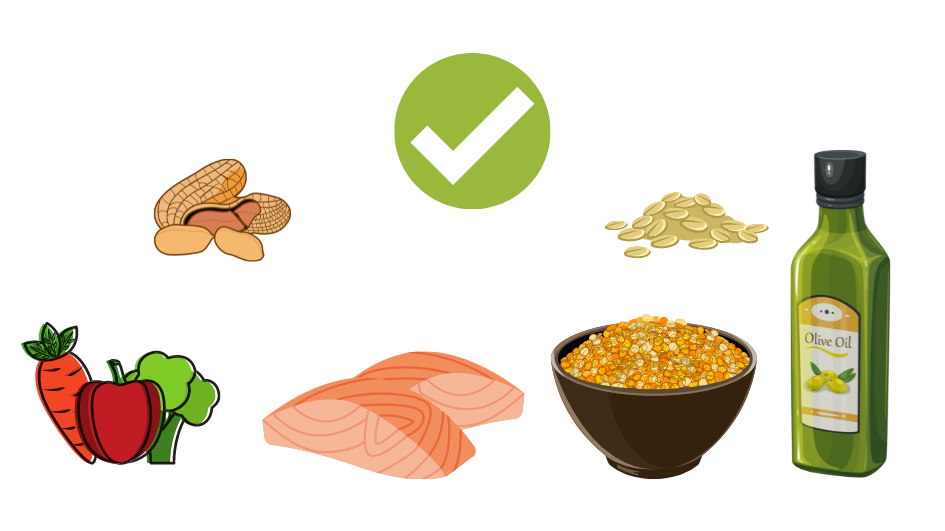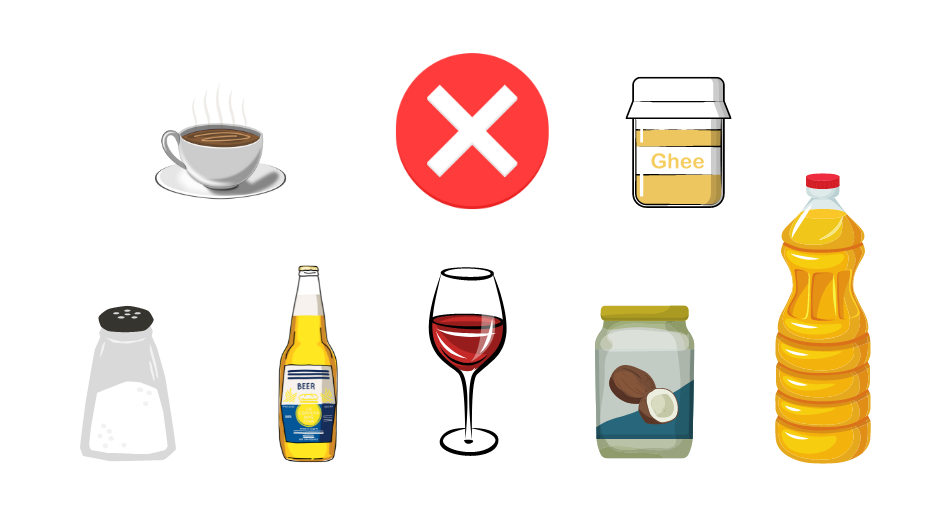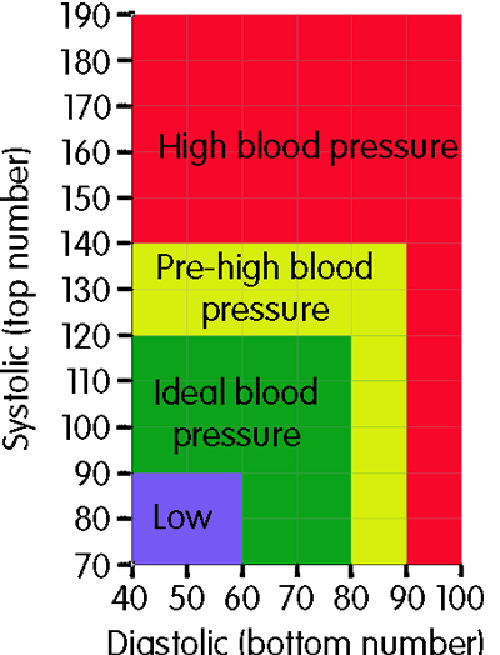
Making changes to your lifestyle can prevent or lower high blood pressure.
This can be through:
- Losing weight if you’re overweight
- Being more active and exercising regularly
- Stopping smoking


Diet and eating
Your diet plays a big part in keeping your blood pressure healthy. Maintaining a healthy and balanced diet is a great way to prevent or lower high blood pressure.
- Reducing salt to the equivalent of one teaspoon a day
- Choosing rapeseed and olive oil, instead of butter, ghee and coconut oil
- Choosing unsalted nuts and oily fish
- Eating more fruit and vegetables
- Choosing high fibre carbohydrates like lentils and beans, oats and bran, wholegrain rice, bread and pasta
- Reducing caffeine
- Reducing alcohol
-
For more information about managing your blood pressure, check out British Heart Foundation’s resources page.
Monitoring blood pressure
About 1 in 3 adults have high blood pressure and many do not realise that they have it.
You can check your blood pressure at your GP surgery, at some pharmacies, and as part of your NHS Health Check.
Some people get a blood pressure monitor to check their blood pressure at home.
Tips for measuring your blood pressure
- Make sure that you are rested; not feeling anxious or stressed
- Sit with feet on the floor and your back supported
- Rest your arm on a table, make sure your arm and hand are relaxed
- Place the monitor cuff around your upper arm. Make sure you can put two fingers underneath the cuff. The tubing should be down the centre of your arm
- Turn the monitor on and press start
- You’ll feel the cuff inflate and then deflate
- Write the numbers you see on the screen
- After a few minutes, check your blood pressure again to make sure the readings are similar and accurate
- If you have been asked to check your blood pressure, or if you are worried about the readings, then discuss the readings with your doctor or nurse.
For more information about monitoring your blood pressure, check out this follow-along video by British Heart Foundation about using a blood pressure machine.

Blood Pressure Charts
There are different charts and graphs that can be used to make sense of your blood pressure reading.
This chart by Blood Pressure UK explains what is considered normal, and what is considered high.
- 70/40 to 90/60 is considered low
- 90/60 to 120/80 is considered ideal
- 120/80 to 140/90 is classes as pre-high blood pressure
- 140/90 to 190/100 means you have high blood pressure